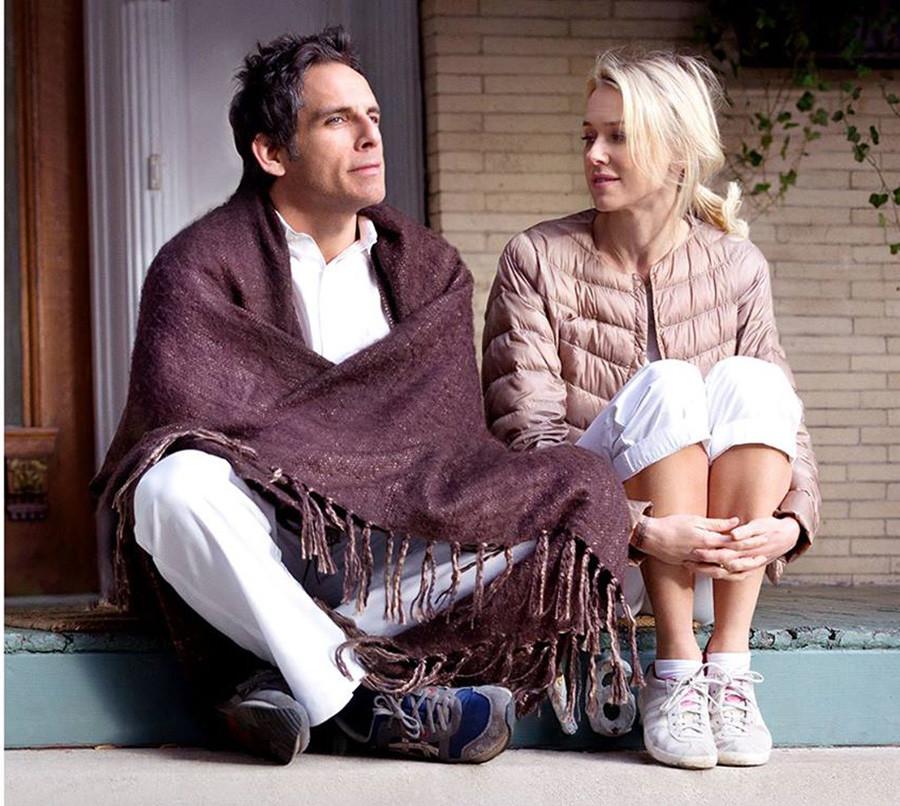‘While We’re Young’ pits young against old
Ben Stiller, left, and Naomi Watts star as Josh and Cornelia in “While We’re Young.”
March 31, 2015
Noah Baumbach’s new comedy-drama “While We’re Young,” which features Adam Driver, Ben Stiller, Naomi Watts and Amanda Seyfried, tells the story of a middle-aged couple’s marriage and career journeys compared to those of a much younger couple. While Josh and Cornelia, played by Stiller and Watts, seem to be happy in their marriage, Jamie and Darby, played by Driver and Seyfried, challenge them as a younger, more free-spirited couple.
Watts and Seyfried’s performances, while sometimes perfunctory, are more often charming. They almost always seem dependent on their husbands. Darby’s dependence on Jamie seems sinister, almost vilified by his intensity and the ambiguity of his character arc. Though Watts’ performance appears to be the better of the two, it still fails to comfortably fit within the context of the script.
Both Driver and Stiller dominate the screen, embracing the type of performance they are best known for. Driver’s unconventional antagonist is fascinatingly unreadable and unpredictable, a role for which he is well suited. Stiller, too, is amusing in playing his inept archetype — he is likable, but he is still amusing to watch fail. Luckily, Driver and Stiller work together favorably on-screen.
Another successful element of the film is its structure and its plot. “While We’re Young,” despite its deceptively simple premise, is surprisingly complex. It is a meditation on several topics, including aging, truthfulness opposing artfulness and the generational differences.
“While We’re Young” is also oddly funny. The film introduces several bizarre bit characters and little quirks in elements in fashion and props that are consistently offbeat and delightful.
Although “While We’re Young” has many positive aspects, some of the topics in the story seem to distract from the movie’s intention. For instance, the final act, though it pulls many of the story threads together, fails to provide closure. This lack of an ending demonstrates that the film is too ambitious in the scope of its exploration. The film contains interesting material, but “While We’re Young” fails to decisively answer many of the fascinating questions it sets out to explore.
“While We’re Young” is both awkwardly adolescent and surprisingly mature, though at times too conventional. The film, at the very least, is palatable, and its thematic material and characters hover between well-intentioned cliches and striking eccentrics. “While We’re Young” is difficult to hate because of its strong male performances and nuanced quirks, but its complex storyline leaves it falling short of the cast’s potential.
A version of this article appeared in the Tuesday, March 31 print edition. Email Jesse James Read at [email protected]
























































































































































